RTS has announced the global introduction of OMS (OMNEO Main Station), a hybrid IP/digital/analogue main station for partyline intercom systems and the core component of a major new product family: RTS Digital Partyline.

Presented in a compact 1RU enclosure, OMS is described as a versatile and cost-effective solution capable of interconnecting both wired/wireless and IP/digital/analogue devices. Full TCP/IP connectivity is supported and it bridges all standards and formats.
OMNEO IP technology – incorporating Dante (audio transport), AES70 (device control) and more – allows OMS to interconnect with RTS Digital Matrix products (including ADAM, ADAM-M, ODIN, KP series keypanels and ROAMEO DECT wireless) and forthcoming new members of the RTS Digital Partyline family. OMS can therefore provide a path from legacy equipment to the latest technology, allowing users to migrate to the flexibility of an IP infrastructure without the complexity of a matrix system – all while protecting the investment value of their existing analogue partyline hardware.
OMS is available in five licensed configurations to suit the user’s budget and application requirements: Advanced, Intermediate and Basic digital (each with OMNEO); Analog Plus and Analog (main station options for analogue-only partyline systems). Software upgrades allow for increased capacity and functionality as needs evolve. The software upgrade from OMS Analog Plus to OMS Basic digital removes analogue connectivity; users requiring both analogue and digital should upgrade to OMS Intermediate or OMS Advanced.
All OMS configurations feature a high-resolution full-colour front panel display and an intuitive icon-based menu structure to simplify system configuration and control. The panel layout will be immediately familiar to partyline users, with dedicated color-coded controls for each channel (talk/listen/call/volume). Each of the four button sets can be programmed to function with any destination in the system. For example, button set one does not necessarily need to control partyline one; it can be assigned as a relay, to a keypanel, etc. Three headset variants are supported. The built-in power supply has a locking IEC connector, and the unit’s low power draw and venting enclosure design mean no cooling fans are necessary, saving energy and ensuring quiet operation.
Support for four ports of analogue AIO four-wire, four ports of analogue two-wire (equipped with echo cancellation), two program inputs and one stage announce output are included. Ethernet connectivity is via copper or fibre (for OMS Intermediate and OMS Advanced versions with OMNEO). Additional OMNEO expansion audio ports are included for networking with other OMS units, enabling additional system capacity and partyline capability as part of a distributed or multi-site system. OMS Intermediate and OMS Advanced configurations support the TIF-2000A digital telephone interface.
The fully equipped OMS Advanced version allows the user to convert between four different formats: OMNEO, RVON, four-wire AIO and two-wire. G.711, G.722 and G.729AB codecs are supported. Up to 40 OMNEO devices may be connected, including ROAMEO beltpacks (for which OMS can also serve as a standalone base station), up to eight keypanels and up to 16 partylines. OMS Advanced supports four channels of RVON (RTS Voice Over Network) via RTS KP series keypanels, for robust remote networking with other RVON-capable equipment (RVON Trunking not supported).





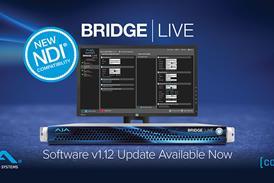

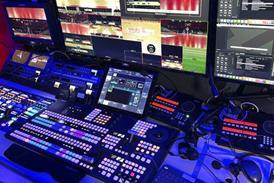
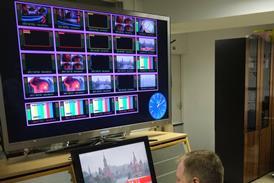


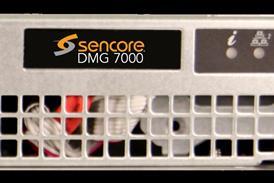
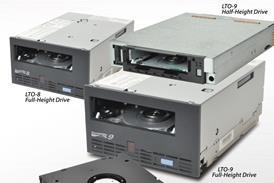
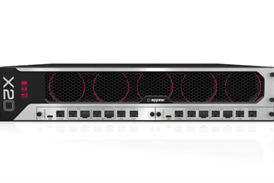

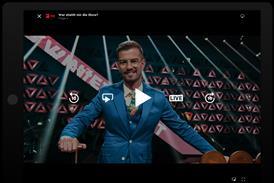
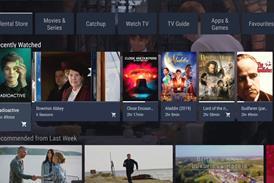


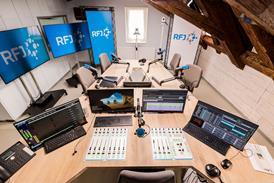













No comments yet